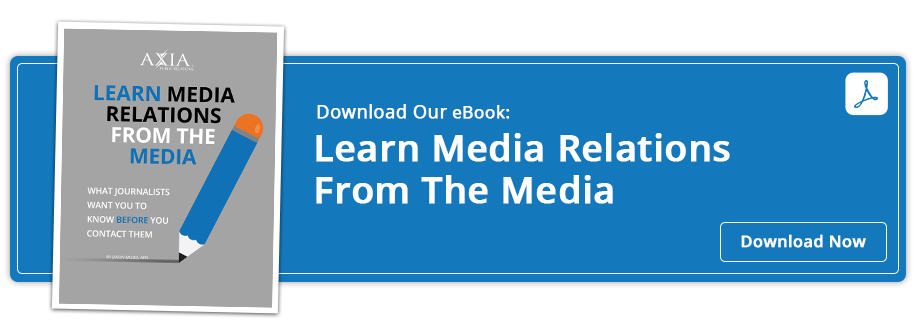 What are the pros and cons of this often misunderstood media relations tool?
What are the pros and cons of this often misunderstood media relations tool?
Psst! I’ve got a dynamite story to tell and I’m only giving it to you. In return for being the first to hear it, I’m hoping you will make it a big deal and help me attract the attention of many people in my target audience because I think you are just the right media outlet to handle it. Okay?
This is the premise behind pitching exclusives to the media. There are pros and cons to this tactic, so it’s important to learn more before deciding if it’s right for your organization’s news.
5 advantages of pitching exclusives
- It helps to build relationships with key journalists who will serve you well in the future.
- There is less work involved when you only have to pitch one reporter or outlet. Also, once the story comes out, other journalists will come to you for further information, instead of you having to go out and look for them.
- You are giving reporters what they want, which is to offer breaking news to their audiences that can’t be obtained anywhere else. The reporter will also be seen as the go-to authority for that news or event, raising her profile within the news industry.
- If the journalist accepts your exclusive, you have a guaranteed placement in a media outlet of your choice.
- The reporter gets time to research and write a high quality piece without worrying about being scooped by the competition.
3 major disadvantages of exclusives
- You run the risk of alienating other reporters that you may need help from later. They will remember feeling snubbed when you offered an exclusive to someone else and may hold that against you.
- You lose the possibility of pitching other angles on the story to different outlets. If you promise an exclusive, then it must belong solely to the promised journalist or media outlet.
- Slighted reporters and outlets may decide not to cover your story or do any follow-up stories, seeing it as old news.
4 vital facts to keep in mind when pitching exclusives
- Remember that an exclusive is a powerful incentive, so you should give it deliberately, not impulsively. Also, not every story requires an exclusive. For example, as many media outlets as possible should cover breaking news or results of a study with wide-ranging significance, so an exclusive is generally not needed. You should be selective and strategic in offering it.
- Treat it as a promise. Once the journalist accepts your offer, do not break it, even if a bigger media outlet comes along and wants to do the story. Breaking the exclusive agreement will kill your reputation with journalists.
- Agree to a timeline. Don’t give the reporter a story indefinitely. If there has been no story by the corresponding date, the journalist should understand that you would then be pitching the story to someone else.
- Hire a PR firm to manage it for you. Think of it this way: You would not act as your own attorney or perform a medical operation on yourself. There are unwritten rules and intricacies to offering exclusives that are best handled by the professionals.
At Axia Public Relations, we specialize in media relations and getting the right journalists to cover your news. We have excellent working relationships with regional, national and industry media outlets and know how to position our clients for maximum coverage and visibility. Contact us today or download our e-book, Learn Media Relations from the Media.
Have you had great experiences (or horror stories) when pitching exclusives? Let us know in the comments section.

 Lisa Goldsberry is a writer for Axia Public Relations with more than 15 years of public relations experience. She specializes in business and technology PR. Lisa has worked for Axia since December 2013. Learn more about Lisa Goldsberry. Connect with Axia on Twitter @axiapr or tell us what you think in the comments below.
Lisa Goldsberry is a writer for Axia Public Relations with more than 15 years of public relations experience. She specializes in business and technology PR. Lisa has worked for Axia since December 2013. Learn more about Lisa Goldsberry. Connect with Axia on Twitter @axiapr or tell us what you think in the comments below.
Featured image credit: 123rf.com
Topics: media relations, public relations

Comment on This Article